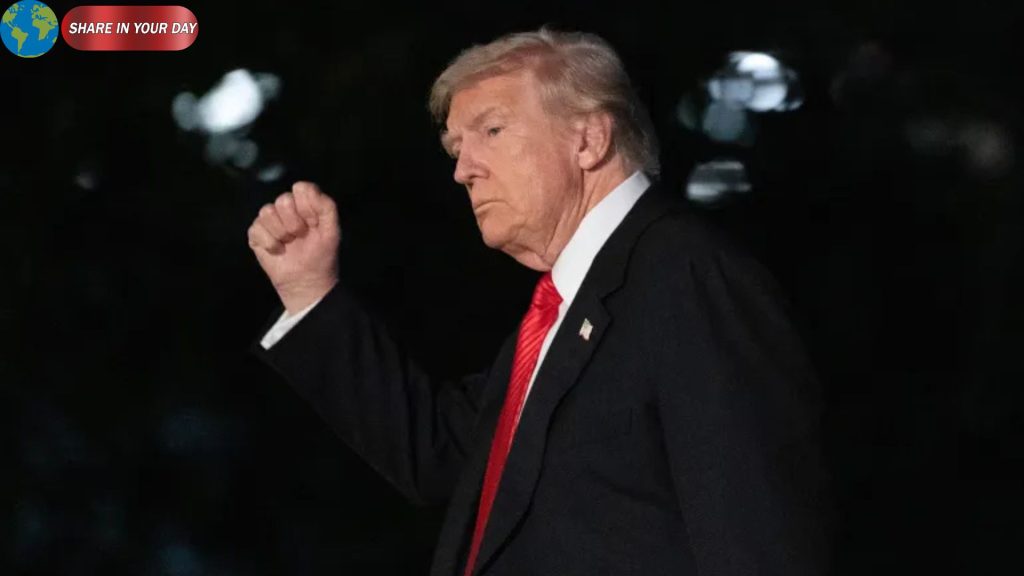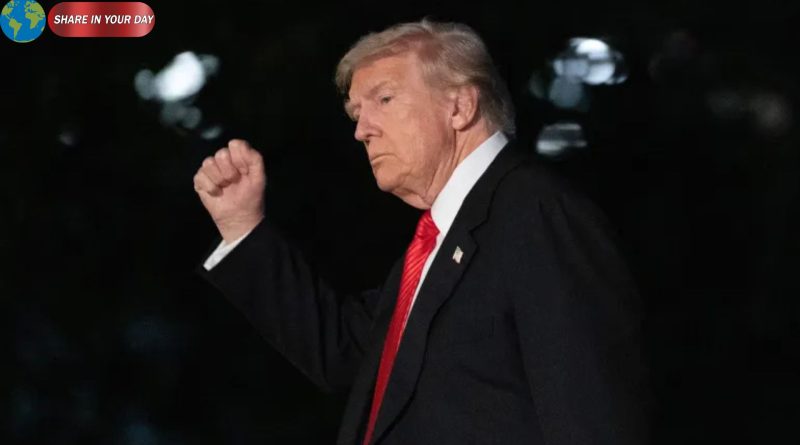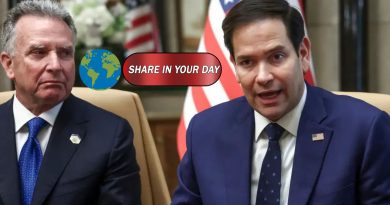How Will “Limited” U.S. Nuclear Tests Avoid Any Explosions?
The United States has signalled a return to testing its nuclear weapons capabilities—but with a key caveat: no explosive nuclear detonation is planned. According to the country’s energy secretary, the planned tests are “non‑critical” rather than full nuclear detonations.
What Are These “Non‑Critical” Tests?
Energy Secretary Chris Wright clarified that the upcoming tests will focus on components and delivery systems of nuclear weapons rather than detonating a warhead. He explained:
“These are not nuclear explosions. These are what we call non‑critical explosions.”
In practical terms:
The tests may involve delivery systems or weapon components to confirm they operate as designed.
Advanced computer simulations and laboratory experiments can replicate many aspects of a nuclear explosion without actual detonation.
Some “sub‑critical” experiments (which may involve plutonium but no chain reaction) are part of the broader toolkit used by nuclear‑armed states to maintain their stockpile.
Why the Change?
President Donald Trump stated that the U.S. must “start testing our nuclear weapons on an equal basis” in response to what he described as testing by other nations.
Yet, according to the Arms Control Association and other experts, there is no credible evidence that major nuclear powers such as Russia or China are conducting explosive nuclear tests at present.
The move appears rooted in concerns about maintenance of the U.S. nuclear stockpile’s safety, reliability and effectiveness, particularly as delivery systems age and adversaries modernise. However, the U.S. agency responsible for weapons stewardship—National Nuclear Security Administration (NNSA)—has repeatedly stated it does not believe explosive tests are required.
The Global Context and Risks
The U.S. last conducted an explosive nuclear test in 1992, after more than a thousand such tests over several decades.
If the U.S. were to resume explosive nuclear testing, experts caution, it could trigger a chain reaction of other countries doing the same—potentially dismantling the three‑decade‑old global moratorium on nuclear detonations.
So, Will There Be No Explosion?
Based on the public statements from U.S. officials: yes. The announced tests are designed to avoid full nuclear explosions. They will instead rely on component testing, simulation, and non‑critical experiments. The official aim is to reassure that the planned actions are not a return to detonative nuclear testing.
In summary, while the U.S. is signalling a shift in its nuclear posture, the key distinction lies in what kind of testing is being resumed. These “limited” tests aim to avoid any full‑scale nuclear detonation, thereby preserving the global moratorium while still advancing U.S. nuclear readiness.
Let me know if you’d like a deep dive into how non‑critical tests work—or how other nuclear‑armed states monitor and test their stockpiles.





